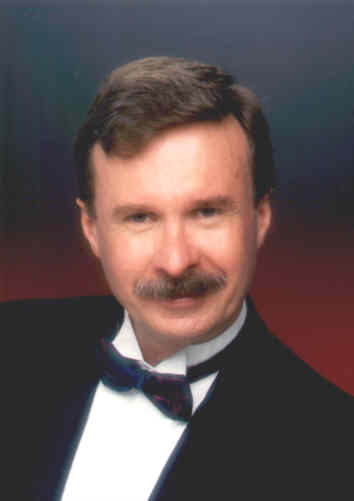 A Consultant's Casebook
A Consultant's Casebook
about me: Andres Inn, Ph.D.
Forward
|
|


|
ForewordI am shortsighted. I wear minus prescription lenses. Without my glasses I see blurry outlines. Maybe that's why I tend to focus on details. Throughout my years as a consultant, I have found that when I understand the details, I understand the problem. My approach tends to be very bottom-up. In addition to my shortsightedness, I am cursed with eclectic interests. I find myself fascinated with a problem: turnover, absenteeism, human physical performance, aberrant employee behaviors, appraisal, compensation, etc., until I have completed a project in a specific context. Then, I move on to another. While intellectually satisfying, this approach is not professionally rewarding. To be known as THE expert in turnover, job satisfaction or physical performance, would bring further, similar work in the same field as well as greater professional recognition in the scientific journals. In that regard, my consulting career is very different from that of management gurus who epitomize the top-down approach by identifying a concept such as excellence, reorganization, organizational development, or some other generality and describing how it was applied, could be applied, or has been mis-applied in various organizations. As entertaining as this approach can be, I still feel Iím listening to a snake-oil salesman selling the universal cure for anything-that-ails-you.. I donít believe in universal panacea! My Ph.D. advisor, Dr. Charles Hulin liked to relate a story about the introduction of sparrows to New York City. According to his version, the New York City elders visiting Europe were surprised to see ordinary house sparrows pecking away at the horse manure in the streets. As New York City had the horse manure problem in wagonloads, the city fathers imported sparrows in the hope they would peck away New Yorkís problem. Unfortunately, America was blessed with an abundance of alternative and more palatable foods. And, while automobiles replaced the horses, and exhaust fumes the horse manure, nothing replaced the nuisance birds. The cure can sometimes be worse than the disease Ė and last longer as well! So, rather than repeating a buzz-word, promoting the zeitgeist, or even being guided by an overall theory or concept, I have always found solutions in the nitty-gritty details of consulting problems. Sometimes these details are difficult to identify and quantify. Sometimes they have been evident to everyone except me. But, in each case, the process details allowed the post-hoc development of a theory that explained the organizational behavior or phenomenon I was assigned to investigate.. The elegant simplicity of the approach I advocate is artfully presented in the userís manual for iThink simulation and modeling software. The authors describe an agricultural economistís journal article relating milk production/consumption to population, gross national product, and other economic indicators. A multiple regression model found a significant relationship between these economic factors and milk production. The iThink staff, however, found it difficult to comprehend a model that excluded as a central feature the number of cows! I donít question the significance or validity of such regression analyses Ė or even their theoretical interest to some gnome econometrician working in the basement of the Department of Commerce. Instead, I fault such research because it has no utility. If I were paid to investigate the dynamics of milk production or consumption, my sponsor is likely to want to affect it. Short of draconian measures, we will not change population figures or gross national product. On the other hand, an understanding of what will increase or decrease the size of dairy herds (taxation, milk prices, zoning policies, etc.) are certainly of great utility if we want to affect milk production or consumption. Over my 25+ years of professional consulting experience, I have undertaken many assignments. The majority of the assignments were successful on my terms Ė I developed theories that explained the problem assigned and were practically useful to the client organization. The data from my consulting years offer the details relevant to an explanatory theory of successful consulting. It is toward this end I share my experiences.
|
All material is copyrighted! Not to be used without the written permission of Andres Inn. ©2000.
Send mail to Andres.Inn@mail.ee with questions or comments about this web site.
|